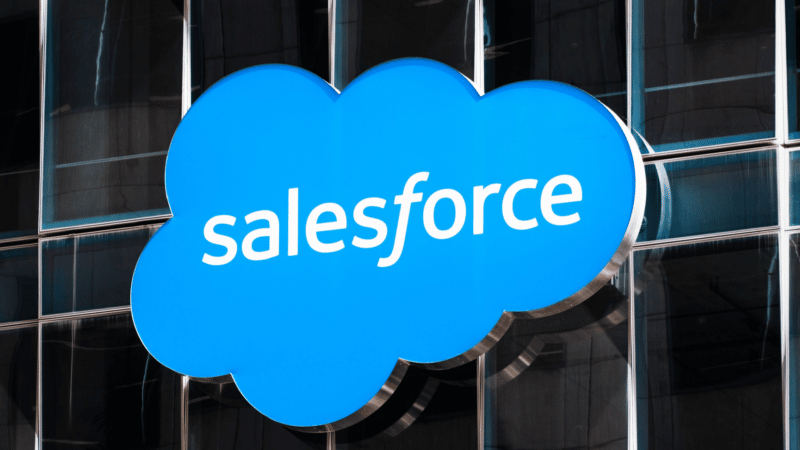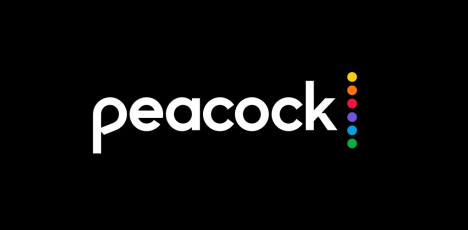The Trump administration’s plans to impose substantial tariffs on products imported from Mexico and Canada will be paused for 30 days, the White House announced Monday night. Though the development buys companies more time to plan, U.S. companies still must make haste to prepare. Tariffs on goods from China are still in play, for example, and China has announced retaliatory tariffs on imports of crude oil, agricultural machinery and trucks from the U.S.
Widespread levies on trade could upend the pricing strategies of many U.S. companies. Some domestic companies will benefit from greater pricing power as international competitors face increased costs. Others will see their prices pressured by tariffs slapped on their finished products and parts imported from other countries. And in certain U.S. markets, domestic producers could be challenged by new low-price competitors.
How will smart companies react? Although CFOs got used to pricing adjustments in dealing with the country’s bout of sustained inflation, pricing strategy modifications due to tariffs are distinct from those CFOs and their go-to-market partners had to manage the last three years, says Adam Echter, a partner and group lead of the industrial sector at consultancy Simon-Kucher.
Tariffs are mainly unpredictable, for example, and often more material. In addition, as Monday’s events showed, governments can turn them on and off (or delay them) quickly.
How do CFOs stay agile and adjust pricing to preserve their market positions, margins and good customers? Speaking on a Chief Executive webinar on January 23, Echter laid out the core principles CFOs would be wise to follow.
Become Agile
Being ready to act fast in response to tariffs is a competitive advantage, says Echter. Customers won’t accept price changes in anticipation of a tariff, so pricing responses must be ready once tariffs take effect.
Organizations can get the ball rolling now, for example, on whether they will absorb the costs of tariffs on their products or parts imported from Mexico or pass them on to customers. Domestic product sellers can begin analyzing whether to match tariff-induced price hikes by foreign competitors.
“You have every right to match the tariff,” says Echter. “That’s a noncomplicated and common response, and it’s one root cause of why tariffs can result in everybody paying more.”
To be prepared, Echter also urges executives to invest in pricing teams rather than treat pricing as an ad hoc function. “If you go into your team tomorrow and ask, ‘Who does pricing?’ and their answer is ’10 people do it 10% of the time,’ then nobody is doing pricing,” he says.
Use Surcharges
Flexible pricing models help businesses adapt to cost changes without tinkering with base prices. Talk to the sales team about the possibility of surcharges, says Echter. Get the systems in place and have three or four surcharges—on specific geographies, material inputs, fuel or shipping costs, for example—ready to go. “It’s shocking to see how many CFOs can’t put a surcharge on an invoice,” Echter says. “For many companies, it’s a systematic change to be prepared to do it.”

Watch For Temporary Price Anomalies …
Tariffs pose a risk to domestic markets as well: they can cause global trade–flow shifts that lead to an influx of lower-cost foreign competitors into the U.S., says Echter. Consider the reaction in China to the potential 10% tariff by the U.S. on Chinese imports. If, as a result, Chinese goods can’t find a home here, they may find their way to Europe, posits Echter. Squeezed by the competition, European producers may then look to the healthier US markets to generate sales.
“If a piece of high-quality German machinery shows up in your backyard and it’s half your price, you’ll have to ask yourself: Is this really their long-term strategy, or am I just seeing a leftover piece that didn’t have a home elsewhere?” Echter said. CFOs need to monitor for those potential disruptions and be able to filter signals from noise, he says.
…But Maintain Price Discipline
Aggressively matching low prices is tempting, but Echter advises against drastic list price cuts. Targeted discounting, flexible payment terms and service enhancements are ways to remain competitive without destroying price positioning, he says.
“Don’t signal to the world that you can come way down in price,” says Echter. “It demonstrates massive price decay and [shows] you’re chasing everybody. It will confuse your salespeople and your customers.”
Carefully Craft Messages
Raising prices on products whose demand is greatly affected by price (high elasticity) requires clear communication. “Most people are not excited for a price increase, but there is a big difference between an emotional response and understanding reality,” Echter says. Framing price hikes around justifiable factors such as labor costs, supply chain disruptions and input price surges makes them more palatable to customers.
“Any professional procurement person is not going to be excited to hear it, but they’ll accept it,” says Echter.
While there’s hope that some of Trump’s tariffs won’t materialize, Echter, speaking more than 10 days before Monday night’s developments, doesn’t recommend the “wait and hope it goes away” game plan.
“We saw companies try to hold out when inflation was coming, and costs were going up,” says Echter. Trying to hold prices flat to grab market share only brought them short-term gains, says Echter, and ultimately, many of those companies were acquired or went bankrupt.























































![A Visual Guide to TikTok Ads Manager [Infographic] A Visual Guide to TikTok Ads Manager [Infographic]](https://imgproxy.divecdn.com/9aaKOtRQYId9gEIRIiE2AgLnRsoeG1xVqz6aJuMegTo/g:ce/rs:fit:770:435/Z3M6Ly9kaXZlc2l0ZS1zdG9yYWdlL2RpdmVpbWFnZS90aWt0b2tfYWRfaW5mbzMucG5n.webp)

![The Social Media Funnel Explained [Infographic] The Social Media Funnel Explained [Infographic]](https://imgproxy.divecdn.com/6ikpva2mP7mvhaHG4yj_J6dzhXnEZMvZFDHDbI6Qucs/g:ce/rs:fit:770:435/Z3M6Ly9kaXZlc2l0ZS1zdG9yYWdlL2RpdmVpbWFnZS9zb2NpYWxfbWVkaWFfZnVubmVsX2luZm9ncmFwaGljMi5wbmc=.webp)









